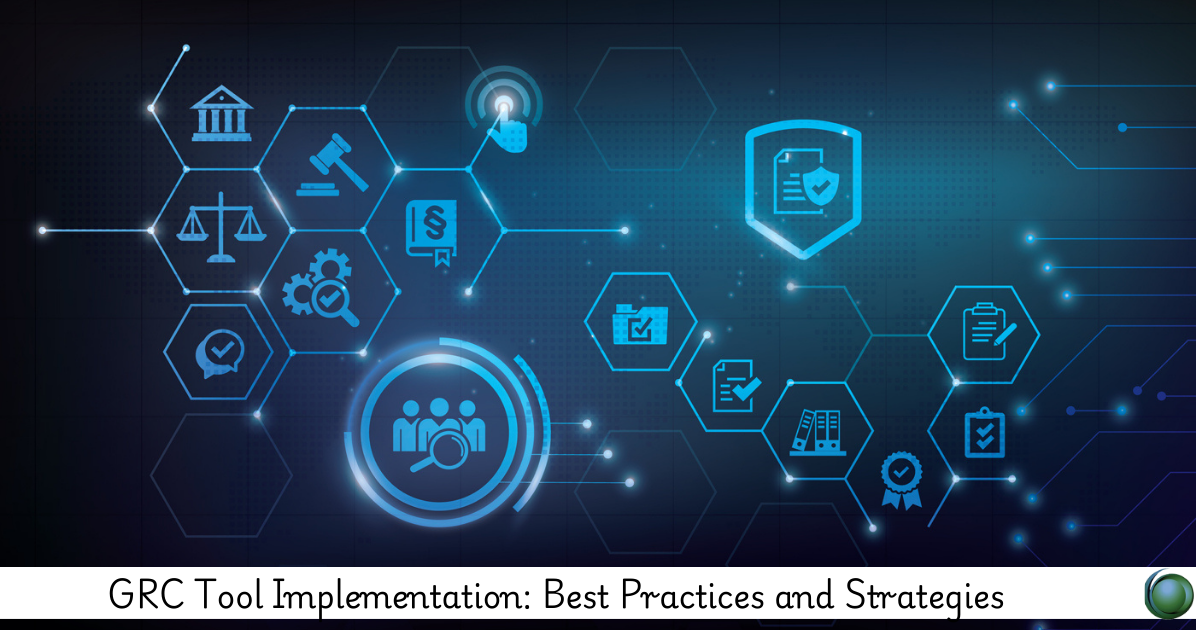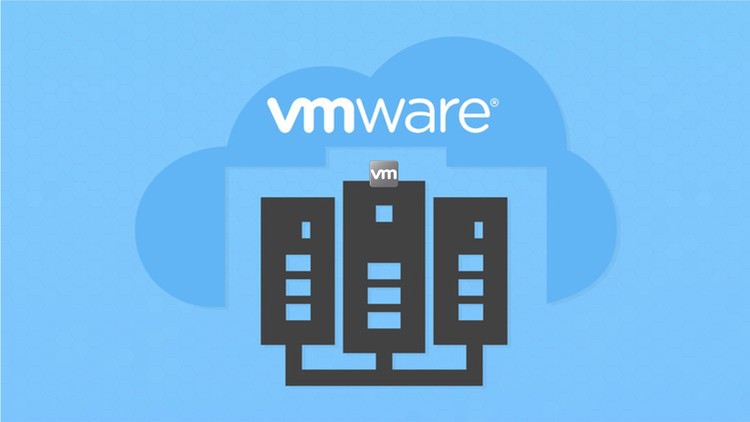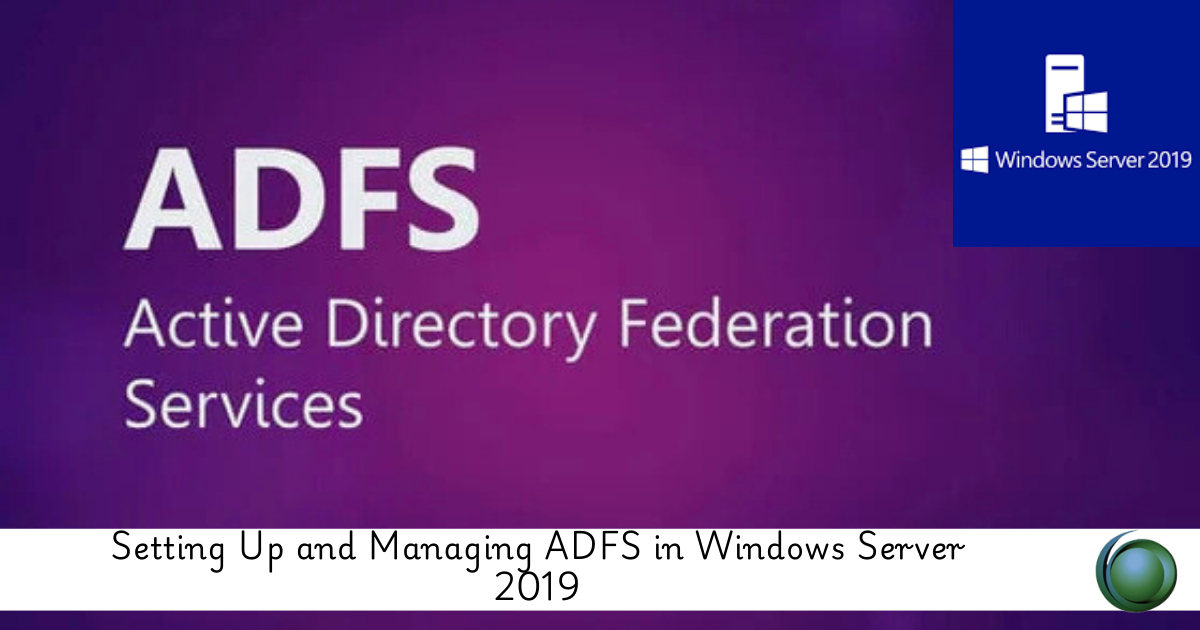Description
Introduction
Implementing Governance, Risk, and Compliance (GRC) tools is a strategic process that requires careful planning and execution to effectively manage risks and ensure compliance with industry regulations. This course explores best practices, proven strategies, and key considerations for the successful implementation of GRC tools within organizations. By leveraging these tools, businesses can achieve more streamlined governance, reduce compliance risks, and enhance overall risk management capabilities.
Prerequisites
Participants should have:
- Basic knowledge of GRC concepts and frameworks
- Familiarity with enterprise risk management (ERM) principles
- Some experience with compliance or IT management (optional)
Table of Contents
- Introduction to GRC Tool Implementation
1.1 Defining Governance, Risk, and Compliance (GRC)
1.2 The Importance of GRC Tools in Modern Enterprises
1.3 Overview of GRC Tool Implementation Process - Assessing Organizational Needs and GRC Tool Selection
2.1 Conducting a GRC Needs Assessment
2.2 Identifying Key Stakeholders and Defining Requirements
2.3 Selecting the Right GRC Tool for Your Organization - Planning for Successful GRC Tool Deployment
3.1 Setting Clear Objectives and KPIs
3.2 Creating a Detailed GRC Implementation Roadmap
3.3 Resource Allocation and Budgeting for GRC Implementation - Configuring GRC Tools for Effective Risk Management
4.1 Defining Risk Categories and Risk Assessment Criteria
4.2 Automating Risk Identification and Risk Response
4.3 Integrating Risk Mitigation Plans within GRC Tools(Ref: Automating Compliance with GRC Tools) - Ensuring Compliance through GRC Tools
5.1 Tracking and Managing Compliance Requirements
5.2 Automating Compliance Audits and Reporting
5.3 Maintaining Continuous Compliance - Integrating GRC Tools with Existing IT and Security Systems
6.1 Integration with Enterprise Resource Planning (ERP) and CRM Systems
6.2 Connecting GRC Tools with IT Security and Cyber Risk Platforms
6.3 Leveraging API Integrations for Data Flow and Real-time Updates - User Adoption and Change Management in GRC Tool Implementation
7.1 Overcoming Resistance to Change
7.2 Training and Engaging Users Effectively
7.3 Monitoring and Supporting Ongoing Adoption - Measuring Success and Continuous Improvement of GRC Tool Use
8.1 Setting Benchmarks and KPIs for Performance Evaluation
8.2 Conducting Regular Reviews and Audits
8.3 Optimizing GRC Tools Based on Feedback and Evolving Needs - Future Trends in GRC Tools and Risk Management
9.1 The Role of AI and Machine Learning in GRC
9.2 Cloud-based GRC Tools and Future Adaptations
9.3 Enhancing Automation and Real-time Decision Making
The successful implementation of GRC tools is essential for organizations seeking to enhance their governance and compliance frameworks while mitigating risks. By following best practices and strategies for tool selection, deployment, and continuous improvement, companies can ensure that their GRC solutions provide measurable benefits and align with their overall business objectives. This course equips you with the necessary skills to effectively implement and optimize GRC tools in your organization for improved risk management and compliance assurance.







Reviews
There are no reviews yet.